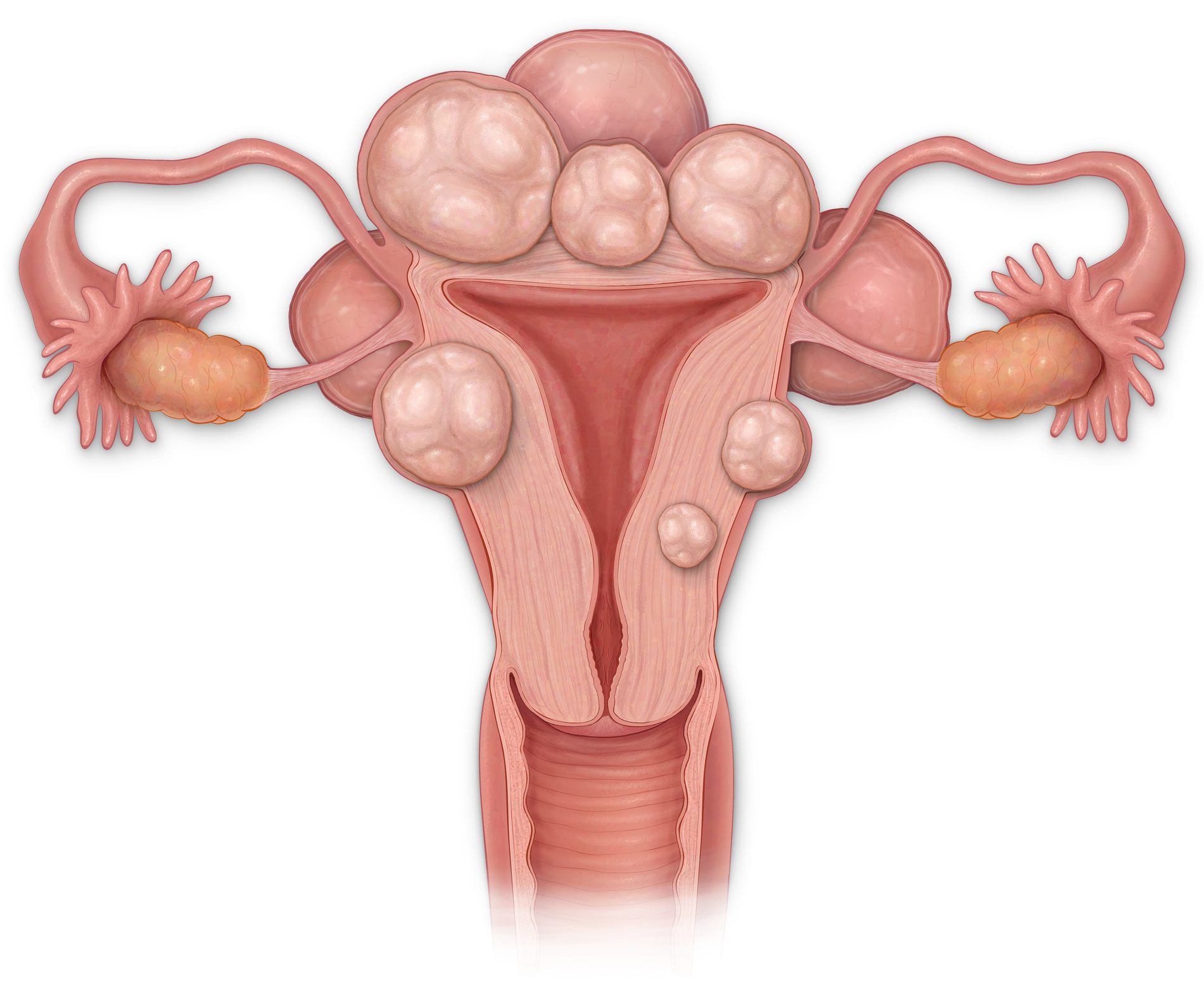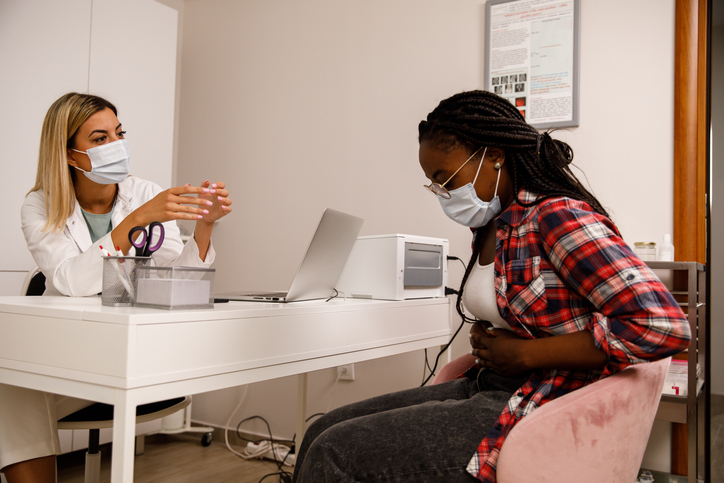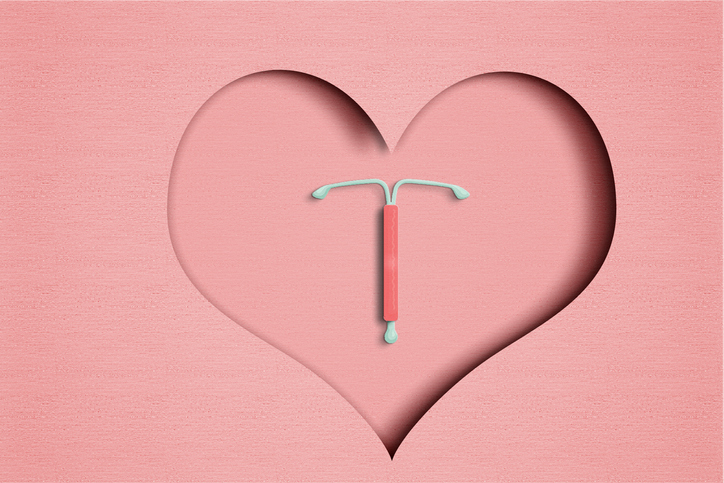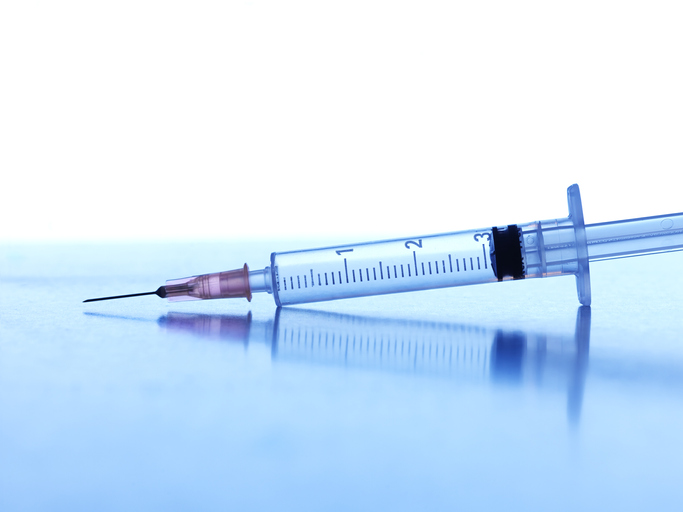
Source: FatCamera / Getty
UCLA Health reports that an estimated 70 to 80 percent of women will suffer from fibroids at one point in their lives. While fibroids appear in significant numbers among women of every ethnic background, the American Journal of Obstetrics Gynecology reports that they are more common in African American women. Fibroids also tend to appear at an earlier age in African American women, making the need for surgery more common.
Experts have theorized a number of reasons that African American women are more susceptible to fibroids than other groups. McLeod Health says that some of the proposed reasons include a genetic predisposition, overall greater lifetime stress that can trigger fibroids, environmental factors and a vitamin D deficiency. If you receive the diagnosis that you have fibroids, you’ll likely have many questions, the main one being: what do we do about this? Here’s a deeper look into fibroids and the best treatment for them.
What Exactly Are Fibroids?

Source: Lauren Shavell / Design Pics / Getty
Fibroids are tumors that consist of smooth muscle cells and fibrous connective tissue. Though that word “tumor” is scary, it is important to know that the majority of fibroids are benign. Fibroids are the most prevalent type of tumor found in the reproductive tract. A doctor will typically find these during a routine pelvic exam.
There are three main types of fibroids. These are: 1) Subserosal, which are the most common and can push outside of the uterus into the pelvis, 2) Intramural, which, grow in the muscular wall of the uterus and 3) Submucosal, which are the least common and develop inside of the uterus.
What Are The Symptoms of Fibroids?

Source: SDI Productions / Getty
The National Library of Medicine reports that an estimated 50 percent of fibroids are asymptomatic. Many women would not know that they had them if it weren’t for a doctor discovering them during a routine pelvic exam. However, those who do experience symptoms might suffer prolonged or heavy periods, lower back pain, pain during sex, pelvic pain and even difficulty conceiving.
How Are Fibroids Diagnosed?

Source: fotostorm / Getty
In many cases, a doctor will find your fibroids during a pelvic exam. However, due to the location of the fibroids, your doctor might need to order further testing. In some cases, an ultrasound or an MRI might be ordered for diagnosis. In other, rarer cases, a doctor might order more invasive tests such as a laparoscopy, which involves an incision of the navel and a tool that observes the uterus and neighboring organs and structures. Another procedure is the hysterosonogram, which involves a catheter used to see inside of the uterus. A hypsterosalpingogram could be ordered, which looks inside of the uterus and fallopian tubes. Finally, a hysteroscopy might be performed, during which a doctor runs a small camera through the vagina and the cervix to observe the inside of the uterus.
How Are Fibroids treated?

Source: Grace Cary / Getty
Many women who are asymptomatic choose not to treat their fibroids but rather to simply have their doctors observe them. If your doctor determines that the fibroids are not cancerous, will not grow and will not interfere with pregnancy, you might choose to leave them alone. Often, fibroids shrink on their own following menopause. However, if you do pursue treatment, there are several options ranging from medicinal to surgical.
Medicinal

Source: Carol Yepes / Getty
There are a few medications a doctor might prescribe to treat fibroids, according to Mayo Clinic. The first are gonadotropin-releasing hormone (GnRH) agonists. GnRH agonists block estrogen and progesterone production, inducing a sort of temporary menopause that stops the period and shrinks fibroids. Another medication is a progestin-releasing intrauterine device (IUD). IUDs only relieve symptoms like heavy bleeding but do not shrink fibroids. Then there is tranexamic acid, which is a non-hormonal medication that can alleviate heavy bleeding but does not shrink fibroids.
Noninvasive procedures

Source: simonkr / Getty
When your doctor decides that medication might not be effective in treating fibroids of their symptoms, they could prescribe a noninvasive procedure. These will not require any sort of incision. One such procedure is an MRI-guided focused ultrasound surgery (FUS). During an FUS, you’ll go into an MRI scanner that will allow a doctor to see the exact location of your fibroids. They will then use sound waves to destroy fibroid tissue.
Somewhat invasive procedures

Source: Henrik Sorensen / Getty
There are several invasive procedures one can get to treat fibroids. One such procedure is called an endometrial ablation, which destroys the lining of the uterus using heat and other elements. It is only effective on fibroids inside the lining of the uterus. Another procedure is the laparoscopic myomectomy, during which a doctor creates small incisions through which slender instruments are inserted and used to remove fibroids. This is best when fibroids are limited in number. There is also the uterine artery embolization, which essentially cuts off blood flow to the uterus, causing fibroids to shrink and disappear. Then there is radiofrequency ablation, which uses radiofrequency to destroy fibroids.
Surgical Procedures

Source: Fly View Productions / Getty
There are two types of surgeries that can treat fibroids. The first is an abdominal myomectomy. This calls for an open abdominal surgery. During this surgery, a doctor can remove fibroids but leave reproductive organs in place. It does come with a risk of scarring and fertility issues. The most extreme but most effective treatment is a hysterectomy. During a hysterectomy, the uterus is removed. To date, a hysterectomy is the only proven way to permanently prevent the reappearance of fibroids.


0 Commentaires